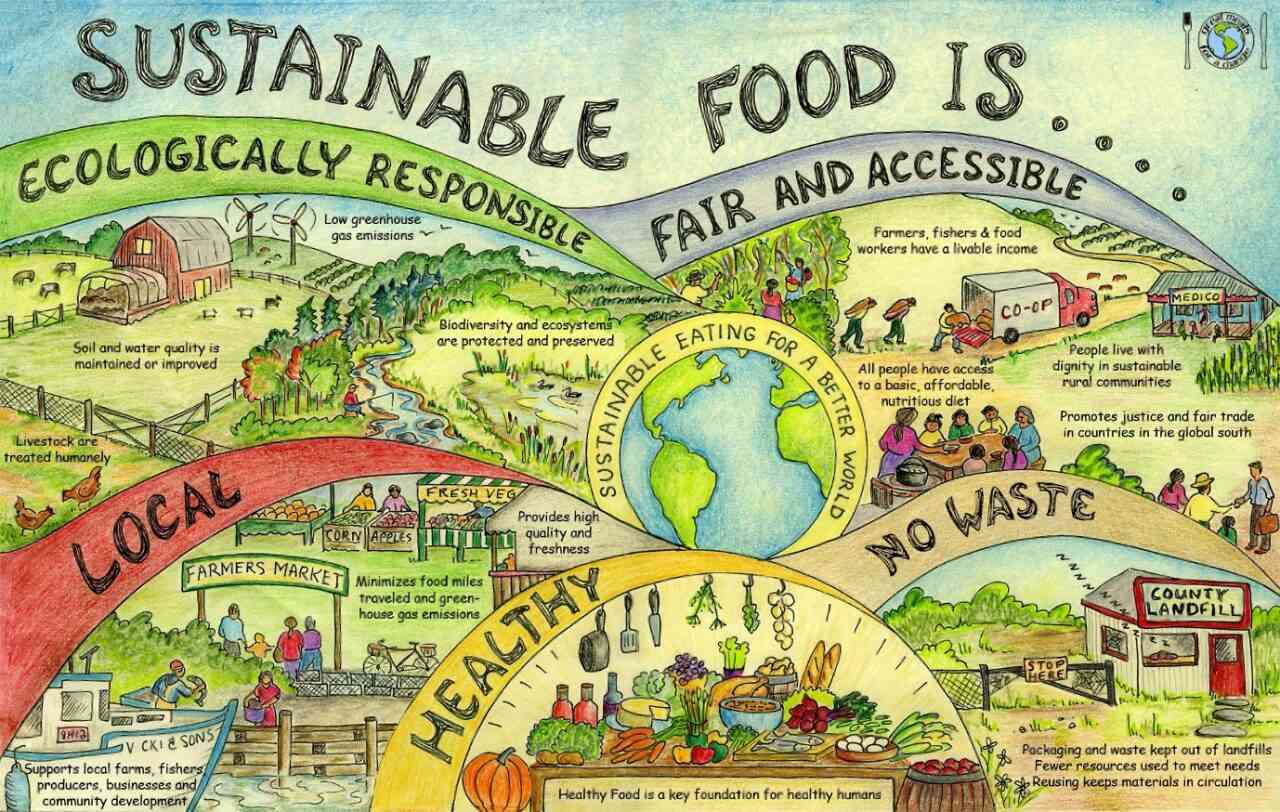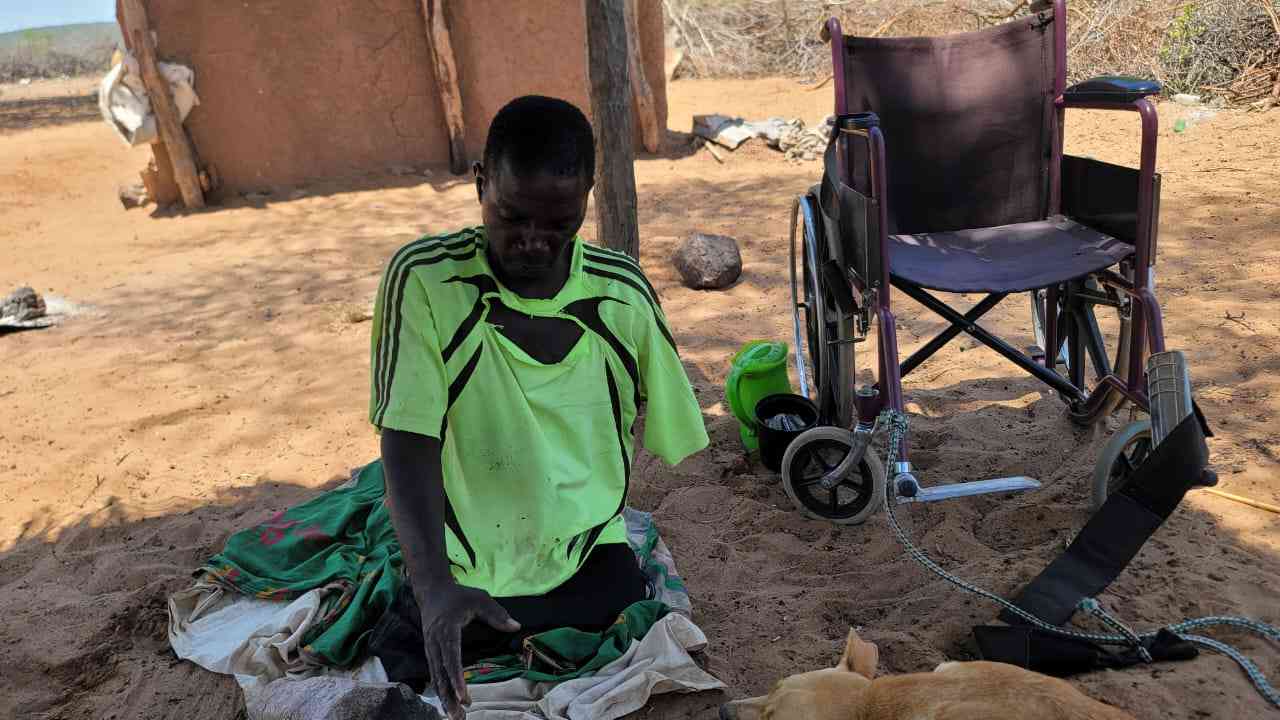
MOST rural African communities may not be aware of how their local food systems are being infiltrated and diluted by external food flowing from urban centres.
Where awareness could be increasing, the communities may be powerless to challenge and reverse the trend on their own.
Instead of conniving with corporates in introducing external food to local communities, development organisations should be supporting communities to protect local food systems.
Clarifying pathways for diverse African food systems
An ideal starting point in empowering communities to protect their local food systems from infiltration is clarifying pathways through which food moves from production areas to several destinations.
In most cases, the main gap in African agriculture and food systems is absence of clear definition of supply chain pathways for different commodities.
Clearly defining and mapping food systems should cover production, logistics (movement of commodities in diverse routes and pathways), destinations (which markets are aggregating and distributing which commodities?), consumers (who are the different consumers for diverse commodities?), actors (who are the main actors along supply chain nodes?).
In terms of production — which seed, herbicides and technologies? Which type of equipment and who are the equipment suppliers?
- Billionaire Strive Masiyiwa gains US$1,7 billion
- Can African mining ever be sustainable?
- Billionaire Strive Masiyiwa gains US$1,7 billion
- Climate financing boon for Zim agriculture
Keep Reading
What technologies are used at different supply chain nodes including processing, preservation and warehousing?
To what extent are communities still using household granaries or their bedrooms to store food?
Who is supplying storage technologies and related knowledge? Regarding practices, which other actors are found in the system?
How synergised are the systems and practices at production nodes (government, non-governmental organisations [NGOs], private sector and community knowledge)?
How are collective efforts like co-operatives and irrigation systems in one area synergised?.
Answering all these questions can assist in consolidating information that is currently siloed in diverse organisations such as NGOs, government departments, research institutions and private companies.
Responding to the fixed nature of resources
Understanding and synergising supply chains is critical given that most communities are characterised by limited or fixed resources. For instance, in terms of households and farmers, a community with 100 households on fixed land, specific rainfall patterns and forests has to plan according to available resources.
The community should discuss how these limited resources can be allocated to different actors, practices and interventions.
For instance, as government introduces its own version of climate smart agriculture, is there a planning process for allocating interventions and programmes to individual households and specific seed varieties?
Answering such questions is important because there is always a trade-off in terms of alternative uses for land that is allocated to a particular value chain.
For instance, how can a community allocate land to an irrigation scheme without compromising the availability of land for alternative uses like pastures for livestock?
Recognising undocumented and unsupported mass market practices
It is through mapping value chain systems that production and marketing practices whose contribution is currently unmonitored can be identified.
Previously marginalised commodities like indigenous chicken, sweet potatoes and others that were not considered viable sources of income for decades could be enjoying a new lease of life through mass markets, but no one could be monitoring such trends.
This is how the mass markets can reveal more value in women-oriented commodities that are contributing to better living standards for households.
However, the fact that these trends may be undocumented and unsupported shows the importance of investing in evidence generation and tracking the movement of commodities.
To what extent are mass markets contributing to education which is one of the most fundamental costs of living?
What would have been the situation with African literacy if there was no mass market?
Communities should be empowered to answer such questions through capacity in gathering fluid evidence.
Unless they have access to market trends, farmers may continue to make wrong decisions and plans. For instance, they end up producing commodities that are not wanted by the market.
Also important is continuous communication between production and markets so that farmers are kept abreast with the volume of commodities flowing into the market.
Without information, farmers can continue producing commodities that no longer have a market.
On the demand side, without real-time information, traders who go out to buy commodities from farming areas can buy them at higher prices only to come back to the market and find prices having gone down, leading to huge losses. Farmers can bring commodities to the market based on last week’s price information.
They can also hire transport on the assumption that last week’s prices are still obtaining, only to find a different story. While community meetings and field days try to address information, knowledge and communication gaps, farming communities need well-rounded experts who can offer practical advice, not biased advice from seed companies designed to sell seed irrespective of suitability.









